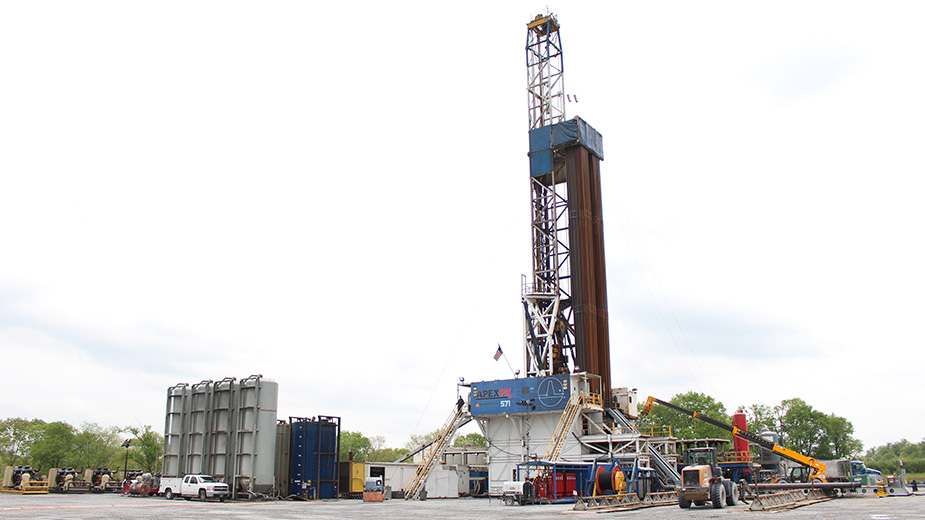EPA: Fracking Has No Widespread Impact on Drinking Water
WASHINGTON, D.C. – A long-awaited study by the U.S. Environmental Protection Agency has determined that the practice of hydraulic fracturing has not led to a “widespread” impact on drinking water across the country. However, the study also cited “potential vulnerabilities” in the water lifecycle that could be affected.
The draft study, released Thursday, identified potential mechanisms in which groundwater could be contaminated through hydraulic fracturing, commonly referred to as “fracking.” This includes above-ground activities such as fluid spills and chemicals, and below-ground mechanisms such as the transfer of oil and gas via production pipes and fissures in the rock.
“We did not find evidence that these mechanisms have led to widespread, systematic impacts on drinking water resources in the United States,” the study concludes. However, the analysis did find specific cases where one or more of these processes led to some level of contamination, including contamination of drinking water wells.
The study cites specific cases in which accidents and routine activities, along with some cases of underground fluid transfer, have led to contamination of water resources. However, “The number of identified cases where drinking water resources were impacted are small relative to the number of hydraulically fractured wells,” the U.S. EPA study says.
Hydraulic fracturing is a process used in the oil and gas industry to stimulate production through the high-pressure injection of water, sand and chemicals into a well. Chemicals are used to prevent corrosion in the well pipe and force open small fissures to unleash oil and gas molecules trapped in tightly packed shale.
EPA’s assessment follows water used in the process from water acquisition, chemical mixing at the well site, the injection of fluids into the well, the collection of hydraulic fracturing wastewater, and wastewater treatment and disposal.
“EPAs draft assessment will give state regulators, tribes and local communities and industry around the country a critical resource to identify how best to protect public health and their drinking water resources,” says Thomas A. Burke, EPA’s science advisor and deputy assistant administrator of the EPA Office of Research and Development. “It is the most complete compilation of scientific data to date, including over 950 sources of information, published papers, numerous technical reports, information from stakeholders and peer-reviewed EPA scientific reports.”
Although the study found that hydraulic fracturing did not cause widespread contamination, there are risks and vulnerabilities to the nation’s water resources that could be exacerbated by the practice.
These include water withdrawals in areas with low water availability, hydraulic fracturing conducted directly into formations containing drinking water resources, inadequately cased or cemented wells resulting in below-ground migration of gases and liquids, inadequately treated wastewater discharged into drinking water resources, and spills of hydraulic fracturing fluids and wastewater, including flowback and produced water.
Researchers also acknowledged limitations in the analysis, including inadequate information on chemicals associated with hydraulic fracturing, the limited amount of data related to local water quality before and after the hydraulic fracturing process, and scarce data related to the migration of fluids, gas, or chemicals in the subsurface before, during and after the process.
Copyright 2024 The Business Journal, Youngstown, Ohio.


